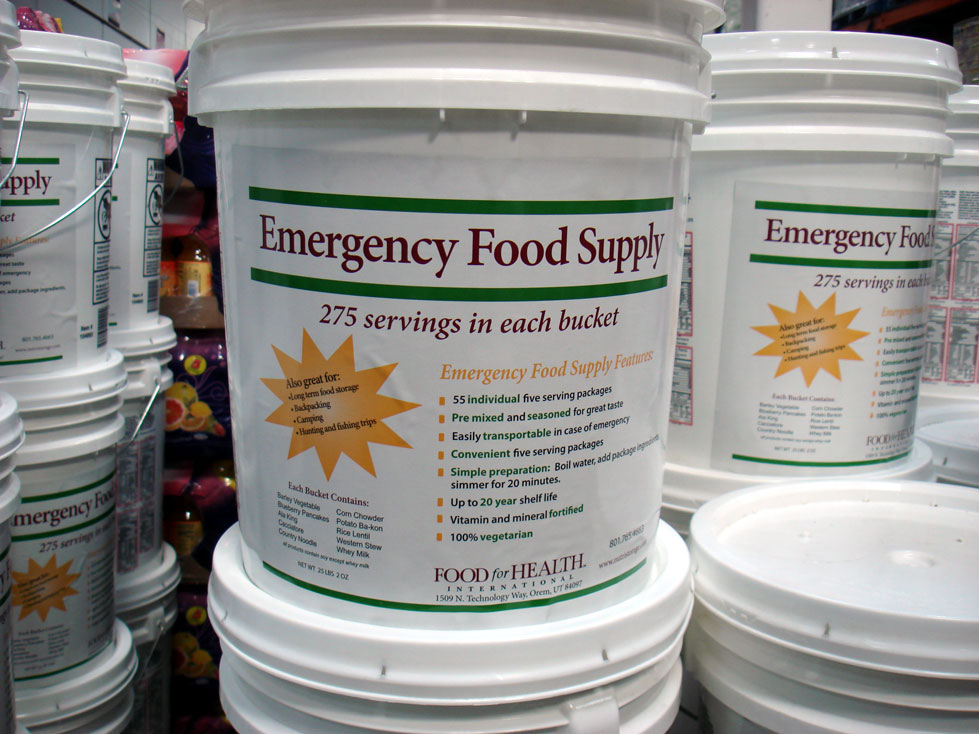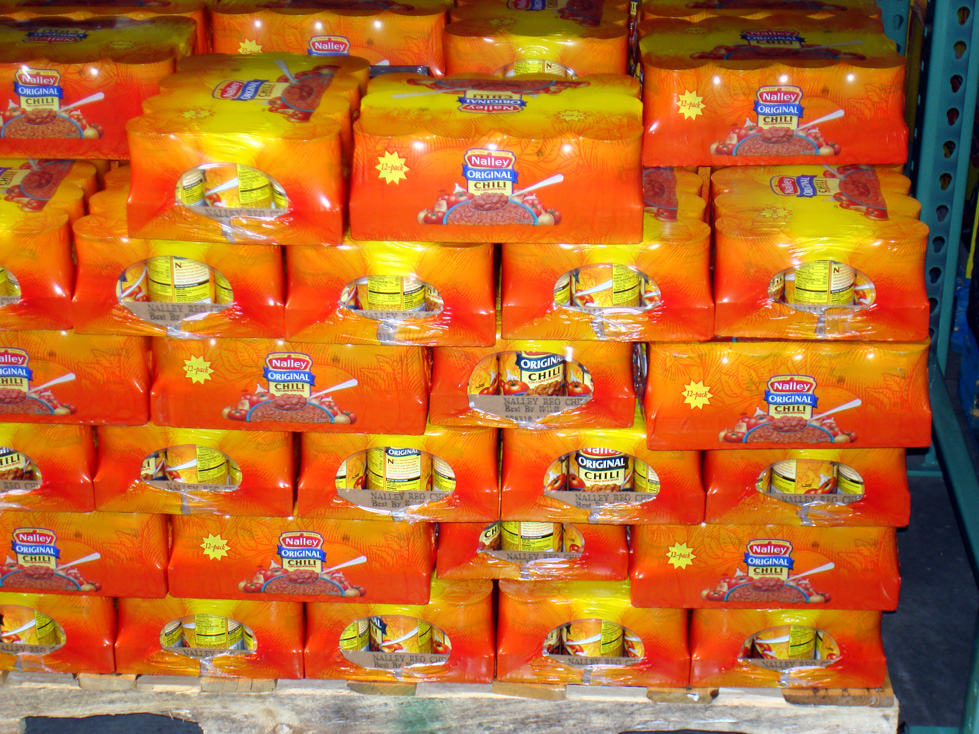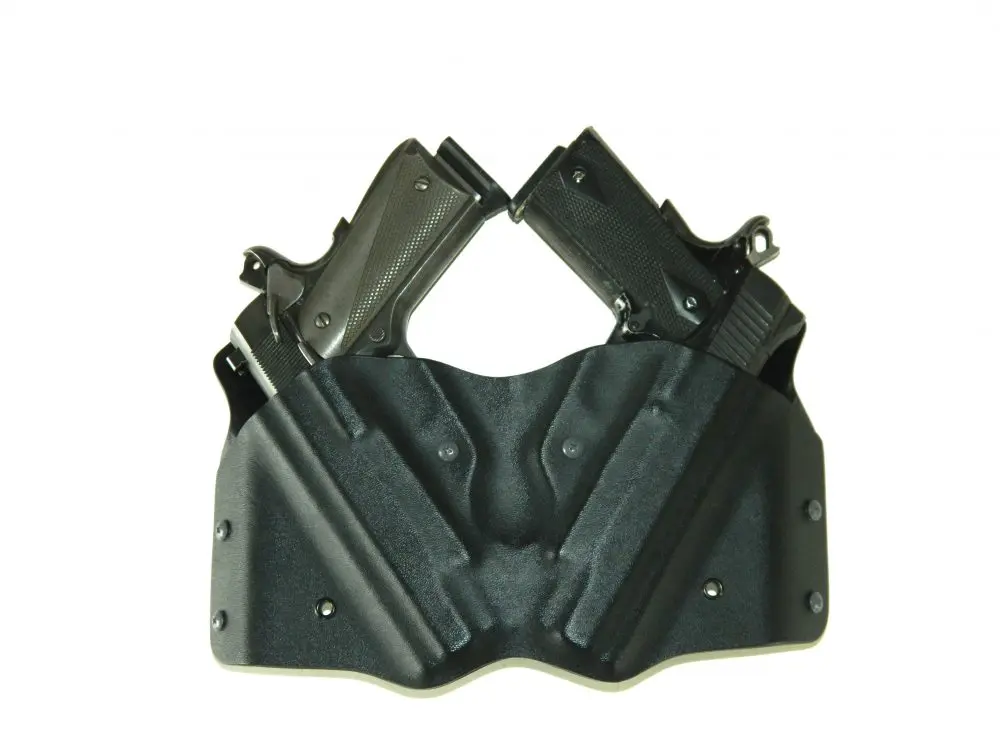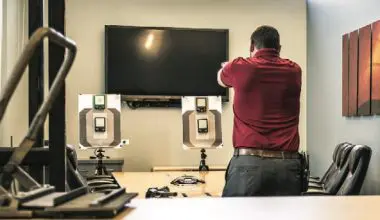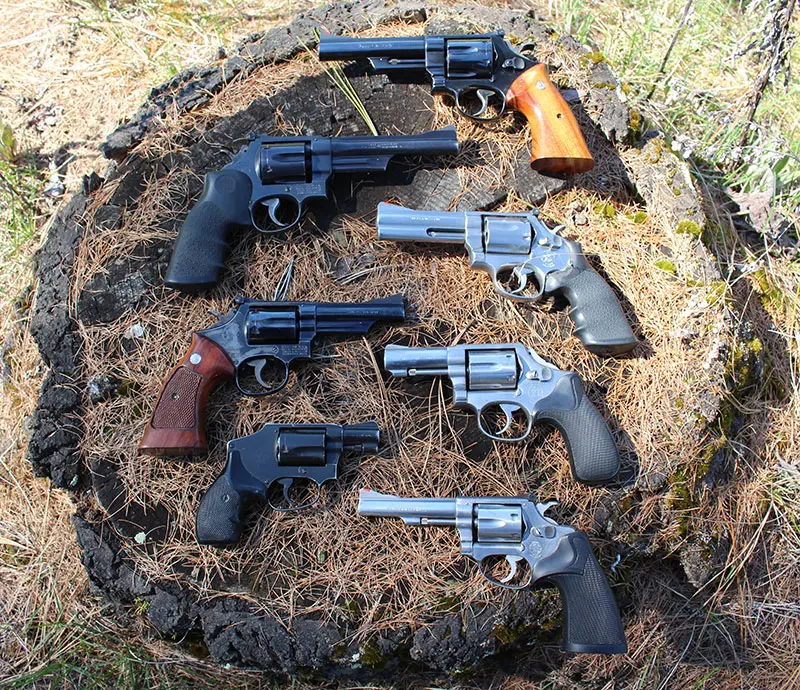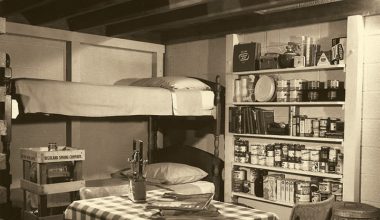Warehouse stores frequently offer emergency food packages such as this. Food isn’t great but is compact and portable. It requires water and preparation.
Back in the early 1980s, a buddy of mine who was “connected” started telling stories out of school. Stories about nukes being hijacked by terrorists, tales of bombs already sighted in American cities, hints about the existence of a “fifth column” of terrorists who infiltrated through our porous Southern border. I did what checking I could and began to become nervous—very nervous. I’d made it through ’Nam, a year living and working Intel in Turkey and a fair amount of time in Central and South American jungles. I wasn’t going to throw in my hat now. “Uh oh,” I thought. “Time to prepare.” So I did.
Having more dollars than sense, I set about building a bomb shelter on my ranch. Four months and $125,000 later, I had my shelter. Solid steel walls, just a bit over 1000 square feet of floor space, buried 26 feet underground in a geographically protected area—I felt safe. Problem was, I didn’t have a clue about stockpiling supplies. So I learned. It took time and money, but eventually I had laid in a three-year supply of food for six, built a subterranean water storage and well system, brought in two multi-fuel generators (4kw and 10kw), fuel storage, solar panels and batteries. I had enough stuff to live underground with five friends for a long time. I also had a huge hole in my bank account, but I was ready—and then nothing happened. Times changed and I sold the place, shelter and all.
Now I wish I’d kept it.
One of the things I learned way back then is that there are much better ways to prepare for a catastrophe than throwing cash at the problem. Let’s take a look at the mindset and then the food storage process.
Best places to buy mass quantities of canned food are warehouse stores. You might get tired of chili or stew, but each of these packages represents a week of emergency dinners.
Table of Contents
THE MINDSET
No one knows what the future will bring. What everyone does know is that something will happen. Getting ready for any emergency is much like having a spare tire in your car. No one expects a flat, but we carry the spare. It’s considered prudent to have one—just as you have auto and home insurance, weapons and training. Food supplies are not only prudent, they are also essential. Katrina taught us that.
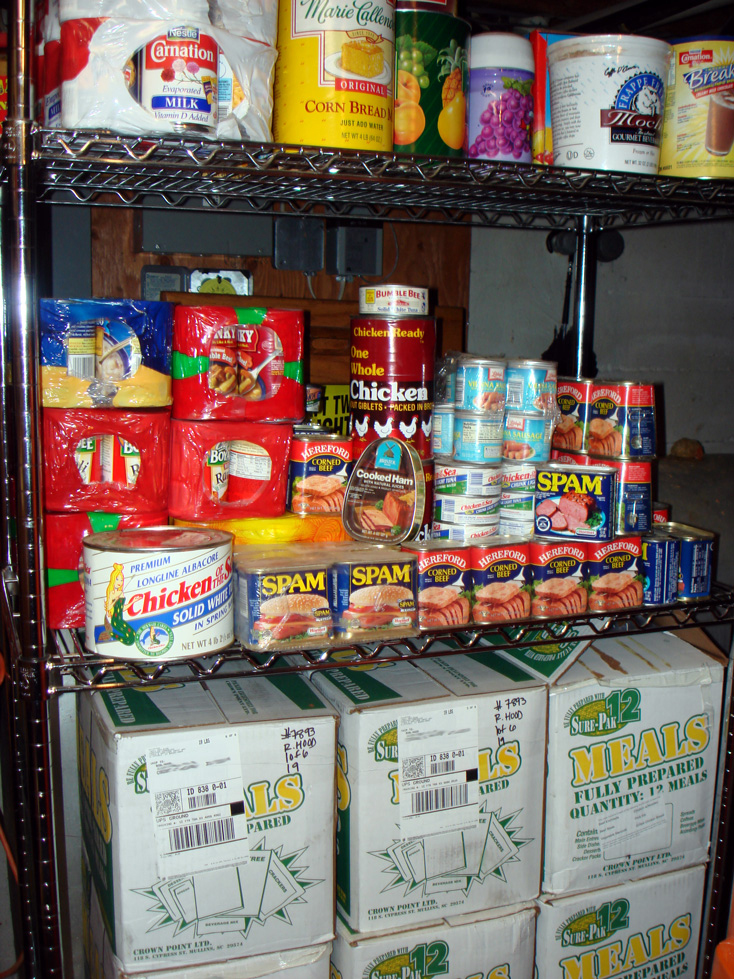
Let’s look at some of the mindset roadblocks that keep people from preparing for any eventuality.
What if you get food ready for a disaster and nothing happens?
You eat the food you store, which is easy if it’s the same stuff you regularly consume. (Buy a year’s supply of dehydrated food and you might not want to eat it if you decide you don’t need it.) Your food supply should be able to help you survive personal disasters like loss of work, illness, sudden weather problems or other purely local issues. Even “Honey, I ran out of flour, would you go to the market?”
Some folks worry that their neighbors will think they are crazy or paranoid.
Don’t tell anyone what you are doing regarding preparations unless you already know what they are doing. Doing so can turn you into a target or worse. Consider, what would you do if your family was going hungry and you knew your neighbor had food?
Preparing for disaster is hoarding.
Perhaps, but so what? You store supplies when they are plentiful, prior to an emergency. You are removing yourself from the post-emergency supply chain and you are releasing supplies for those who did not have the foresight to prepare. The fact is I don’t care what someone thinks as long as my family has a better chance of survival and they don’t know I’m prepared.
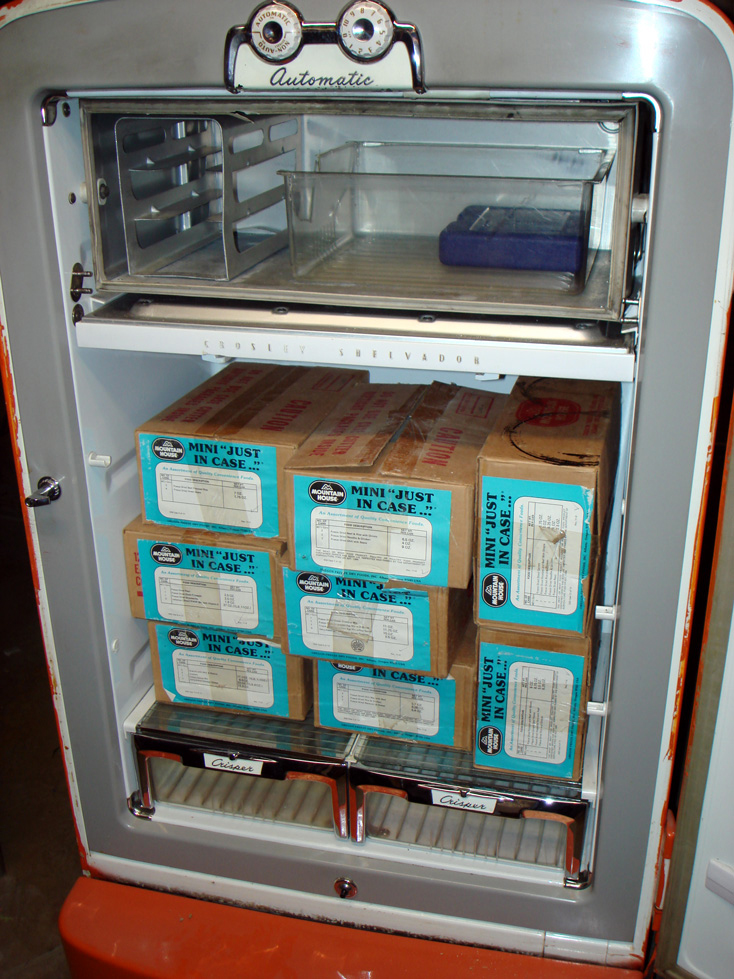
THE PROCESS
Like so many things, preparing for disaster begins with a list. This is a list that you make. Consider it a homework assignment for the big test.
Grab a pad and pencil. Write down everything you use, eat, take or work with in a typical week. It won’t take long for you to understand just what you need to survive comfortably on a daily basis. You’ll begin to understand that preparing for disaster survival is much more than several hundred pounds of MREs. It is the entire infrastructure that you’ve become accustomed to. Most of what you need is already in your home.
After you’ve made your list of the consumables for your family, your pets and your health, you will begin to understand the magnitude of survival with no power, water or other services. You will also begin to come up with alternatives: candles, flashlights and oil lamps instead of electric lights; water collection buckets at the roof drains; anti back-flow valves on your water heater main supply line; water purification for water you find; shovels to dig holes for sanitation and so on.
For food, use the warehouse stores such as Costco and Sams Club. Buy cases of things like tamales, stews, beans, canned meats, pasta, canned potatoes, canned milk and more. People eat that food all of the time or the store wouldn’t sell it. This is exactly why you should start loading up on canned foods. Pick canned foods you know and eat. Consider these three factors: you know how to prepare the item, for the most part it already contains the water you need for preparation, and it stores well. MREs are a good choice as well, because they are highly portable, taste reasonably good and are already prepared.
As an aside, I’ve talked with folks about this process and I’ve heard, “Canned food isn’t a very balanced diet.” OK, sure. I don’t eat a balanced diet right now, and I’ll bet you don’t either. I take vitamin supplements to make up for deficiencies in my diet. My doctor says I’m dying, but it will take many more years. I’d rather eat something than become an involuntary anorexic.
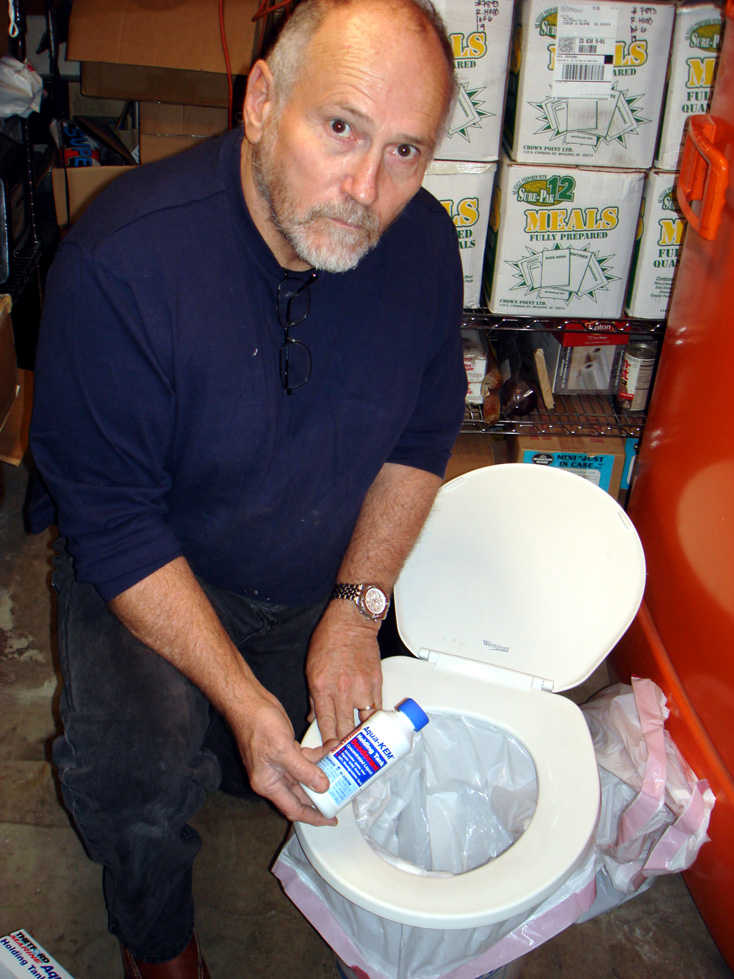
COPY CANNING
Any preparations are better than none. If you can only afford to purchase a few days of food and goods, do so. However I suggest that you have on hand a three-month supply of food. With copy canning, the cost is nominal, the storage volume acceptable, the risk low and the benefits significant.
Copy canning is a process that takes place in small increments. Here’s how it works. When you shop for food, purchase double (or more) of any canned and packaged goods you need and use. Mark the duplicates with the date and placed them in storage. Next time you shop, “double buy” again and move the oldest dated foods to the regular pantry, then date and place the newest foods in storage. Little by little, you will accumulate a good supply of the foods you purchase and eat regularly. You will also know how old everything is. Canned goods are very durable. They are not subject to depredation by rodents or leakage if kept dry. Canned goods generally last at least a year on the shelf. Those of us who have eaten “C” rats know that those canned goods lasted well over 20 years.
Consider the needs of your pets. Track the food needs of your animal friends and set aside enough food to provide for them for the same period. Do not expect to feed them table scraps … there will be few to share. They will not be able to forage and might be killed by hungry neighbors. Dogs can get surly if not fed.
WASTE MANAGEMENT
Another thought, what goes into your body must come out. Where does all that waste go?
In an emergency you might drift into the bathroom, “punch a loaf” and find there is no water to flush with. That moment will be a real eye-opening experience. In ‘Nam we had wooden crappers built over the bottom 1/3 of a 55-gallon drum. Have a bowel movement and the next day one of the FNGs would drag that barrel out, toss in a gallon of diesel or kerosene and burn it. That won’t likely be an option. No FNGs. Our solution is pretty simple and involves a sturdy five-gallon paint bucket, some enzymatic RV deodorizer, a $5.00 toilet seat and some small trash bags. Bag goes in can, seat goes on top. After your crafty performance on the device, toss in a capful of enzymatic RV deodorizer and seal up the bag. General rule: “If it’s yellow let it mellow, if it’s brown, fold it down”. Double bag your treasure and remove it to a place where animals won’t disturb it.
MEDICATIONS
Remember your medications. Lay in a supply of antibiotics, antihistamines, OTC painkillers, first-aid supplies, etc. Load up on your regular scripts. Many doctors understand laying in supplies for emergencies and would feel comfortable writing a script for a three-month supply.
The copy canning and preparations process do not need to kill your finances, rob you of space in your home or expose you to high risk. Neither do they mean that you need to be inconvenienced with foods that you are unfamiliar with and have no other use for should a disaster not materialize. By preparing carefully, you will assure yourself and your family of a reasonable chance for a comfortable transition through any emergency.
[Ron Hood received his early survival training as a member of the Army Security Agency. Ron taught accredited classes in Wilderness Skills at two universities for over 20 years and authored numerous articles for national magazines. Ron spends much of his time learning, practicing and studying wilderness and survival skills with native populations around the world. For more on this topic, including many additional techniques and preparation tips, consider the Hoods Woods “Urban Master 1” DVD available at www.survival.com.]
